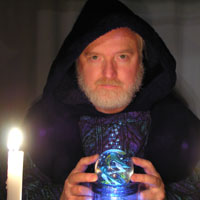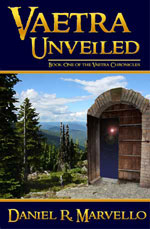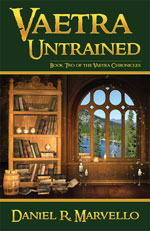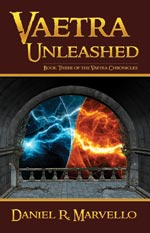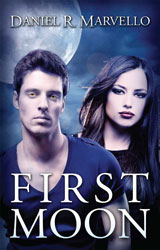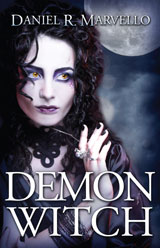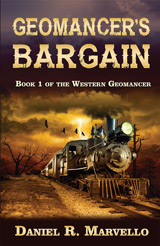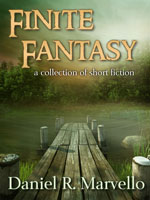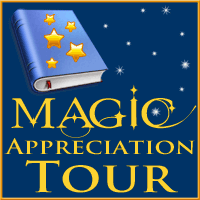An interesting side-effect of self publishing is that authors are free to step out of the traditional genre boundaries. More to the point, you see more genre blending going on. When an author is asked what kind of book she’s writing, she might say its a cross between YA, Urban Fantasy, and Romance.
While I applaud the creative freedom authors exercise by breaking down the barriers between genres, I think we need to be careful not to confuse our potential readers.
I first recognized this issue recently when I was trolling through book listings for the Kindle. Amazon was running a summer discount special and I figured it was a good opportunity to do some speculative fiction buying. When I say speculative buying, I mean buying books by authors I haven’t read before.
As I looked at the descriptions for various books, I got a feel for the story line, but I didn’t get a feel for the way the story was delivered. I chose not to purchase a few of those books because they mentioned a romance component in their genre blend. The stories otherwise sounded like something I’d enjoy, but I didn’t want to have to wade through an excerpt of each one to figure out how much of a romance novel I was dealing with (if I’d even be able to tell).
Now, I don’t have anything against romance necessarily. I managed to get through Twilight without barfing every other Edward-worshiping page, but in my opinion, the story would have been a lot stronger without all the romantic emo angst. That’s because I wanted the book to be a fantasy, but it was fundamentally a romance. It’s a good thing Stephanie Meyer didn’t listen to me on that score.
Given two fantasy (or thriller, or mystery, or whatever) books, if one book says it’s also a romance, I’ll take the other one. The truth is that I might actually like the “romance” book better if the romantic component is just part of a subplot.
The problem with characterizing your book as a genre blend is that readers can no longer tell which component drives the action, and that is what helps them decide whether or not they want to buy your book.
Just because your hero or heroine has a love interest, that doesn’t make your book a romance. If solving the mystery drives the story forward and there’s a little lovin’ on the side, the book is fundamentally a mystery. But if the romance between the two characters is what drives the story forward and the mystery is a backdrop for the development of their relationship, now you’re definitely looking at a romance. One I want to read, the other I don’t.
I’m picking on romance a lot here, but the same could be said about any other genre blend. The bottom line is this: Don’t confuse a potential reader with unnecessary categorization.
I think we owe it to our readers to be clear about what drives our story. Categorize the book in its most appropriate single genre, and let the description flavor it with the other elements you’ve blended in. Doing so not only reduces buyer anxiety over genre confusion, but it is probably a more accurate way of describing your story.
Genre describes your story arc in general terms that most readers understand. If your main story arc truly reflects a blend of genres, you may need to take a closer look at the story structure.
Just because you can say your book is a blend doesn’t mean you should.
